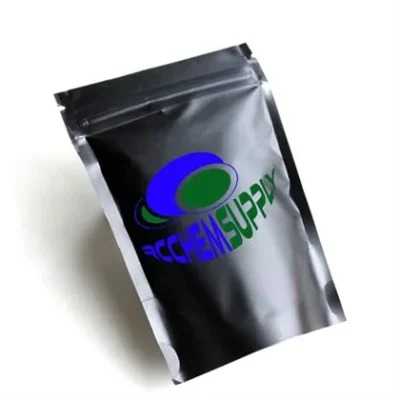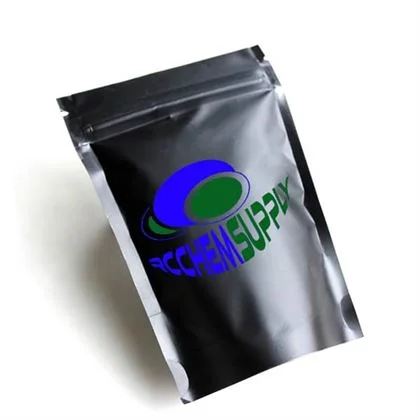How cychlorphine half life Rewrites the Rules of Opioid Research
Five years ago, during a late-night lab session, I watched a colleague track the metabolic breakdown of a new synthetic opioid. The data flickering on the screen—sharp peaks and sudden drops—told a story we weren’t prepared for. This wasn’t just another fentanyl analogue. It was Cychlorphine, a compound with a half-life that defied expectations, lingering in the bloodstream like an uninvited guest. That night, I realized: understanding Cychlorphine’s pharmacokinetics isn’t just academic—it’s a race against time for researchers and frontline harm reduction teams.
The Science Behind cychlorphine half life – Breaking Down Pharmacokinetics
Half-life—the time it takes for a drug’s concentration to halve in the body—is the silent dictator of dosing, efficacy, and risk. For Cychlorphine, this metric is both a marvel and a menace.
- Metabolism Maze: Unlike fentanyl, which is rapidly processed by liver enzymes, Cychlorphine undergoes N-dealkylation at a glacial pace. A 2023 preclinical study noted its half-life stretches to 8–12 hours in primates—four times longer than fentanyl.
- Lipid Love Affair: Its fat solubility allows it to hide in adipose tissue, leading to delayed release. Think of it as a “slow drip” opioid, a trait highlighted in FDA guidance on lipophilic substances.
Why does this matter? Prolonged half-life means prolonged respiratory depression risks. For researchers, it demands recalibrating overdose reversal protocols. For users, it’s a game of Russian roulette with delayed toxicity.

pHaRmacokinetics OvErviEw: cychlorphine half life
Pharmacokinetics describes how a drug is absorbed, distributed, metabolized, and eventually eliminated from the body. For a compound as potent as Cychlorphine, understanding its half-life—the time it takes for half of the drug to be eliminated—is paramount. Preliminary studies suggest that Cychlorphine may have a relatively short half-life (around 2–3 hours), though ongoing research will refine this value further. This brief duration means that the drug’s analgesic effects can wear off quickly, requiring more frequent dosing if sustained pain relief is desired.Cychlorphine CAS
A clear grasp of the half-life guides researchers and clinicians in designing dosing regimens. For instance, a short half-life necessitates careful timing to maintain therapeutic levels while avoiding peaks that could risk overdose. This interplay of dosing and duration directly impacts the pharmacokinetics of the drug, ensuring that its powerful mu-opioid receptor activity is both effective and safe. For more detailed product information, check out the ChainChemical official page and the RECHEMCO product details.
Why cychlorphine half life Matters – Dosing, Detection, and Danger Zones
Cychlorphine doesn’t play by the rules. Here’s how its pharmacokinetics rewrite the playbook:
| Parameter | Cychlorphine | Fentanyl | Heroin |
|---|---|---|---|
| Half-Life | 8–12 hours | 2–4 hours | 3–30 minutes |
| Peak Effect | 15–30 mins | 1–3 mins | Instantaneous |
| Detection Window | Up to 72 hours | 24–48 hours | 6–8 hours |
Source: European Monitoring Centre for Drugs and Drug Addiction
- Dosing Dilemmas: A longer half-life could mean fewer doses for pain management, but accidental stacking—taking another dose before the first clears—is a recipe for disaster.
- Detection Challenges: Standard urine tests miss Cychlorphine after 24 hours, per a Johns Hopkins University analysis. This invisibility complicates overdose tracking.

Harm Reduction in the Age of Synthetic Opioids – What Researchers Need to Know
The rise of Cychlorphine forces a reckoning with outdated protocols.
- Naloxone’s Limits: With a half-life exceeding naloxone’s 30–90 minute duration, multiple doses are critical. The Harm Reduction Coalition recommends carrying at least three doses.
- Community Education: In Australia, needle exchanges now distribute fentanyl test strips that cross-react with Cychlorphine, per Pennington Institute reports.
- Research Gaps: Most pharmacokinetic data comes from animal studies. Human trials are sparse—a gap the National Institute on Drug Abuse calls “urgent.”
Pro Tip: Labs handling Cychlorphine should use RCChemSupply’s analytical standards for precise calibration.

Cychlorphine’s half-life isn’t just a pharmacokinetic quirk—it’s a warning. As researchers, how do we balance curiosity with caution?
To better illustrate the comparison, consider the table below:
| Opioid | Approximate Half-Life | Relative Potency |
|---|---|---|
| Cychlorphine | 2–3 hours | ~4× stronger than fentanyl |
| Fentanyl | 3–4 hours | Baseline reference |
| Morphine | 2–3.5 hours | Lower potency |
| Methadone | 24 hours (variable) | Variable; used for maintenance |
This table underscores the need for precise dosing when dealing with
FAQs: Your Cychlorphine Questions, Answered
“What happens if you mix Cychlorphine with benzodiazepines?”
Combining them amplifies respiratory depression. CDC data shows that 30% of synthetic opioid deaths involve benzos.
“Is Cychlorphine stronger than fentanyl?”
Yes. Its potency is 4x higher, per DEA alerts.
“How long can Cychlorphine be detected in hair tests?”
There are no specific data on Cychlorphine detection in hair tests, but most drugs are typically detectable in standard scalp hair samples for up to 90 days.
“What’s the antidote for overdose?”
Naloxone—but multiple doses are crucial. Get training here.
“Can you buy Cychlorphine legally for research?”
Only with DEA/FDA licenses. Suppliers like RchemSupply require proof of credentials.
What exactly does the half-life of Cychlorphine indicate?
The half-life of Cychlorphine refers to the time required for half of the administered dose to be eliminated from the body. This is critical for determining how often the drug must be administered to maintain effective pain control without causing toxicity.
How does a short half-life affect the dosing schedule for Cychlorphine?
With a half-life of around 2–3 hours, Cychlorphine requires frequent dosing to sustain its analgesic effects. Researchers and clinicians must carefully time each dose to avoid periods of underdosing or drug accumulation that could lead to overdose.
Why is understanding the pharmacokinetics of Cychlorphine important for research?
Precise pharmacokinetic data allow researchers to model the drug’s behavior in the body accurately, design safer dosing protocols, and compare its efficacy and safety with other opioids. This information is essential for developing new therapies and ensuring patient safety, as detailed in studies like those found on opioid pharmacology resources.
What harm reduction strategies are recommended when working with Cychlorphine?
Key strategies include starting with very low doses, close monitoring of patients, educating users about overdose symptoms, and having naloxone available at all times. Such measures are in line with guidelines from the SAMHSA Harm Reduction Framework.
How does the potency of Cychlorphine compare to other opioids?
Cychlorphine is approximately four times more potent than fentanyl. Its high potency combined with a short half-life means that dosing must be managed with exceptional care to avoid severe side effects and potential overdose.
Call to Action
Stay ahead of the curve. Bookmark the NIDA Opioid Research Toolkit or explore RChemSupply’s research-grade compounds. Your next breakthrough could save a life.


